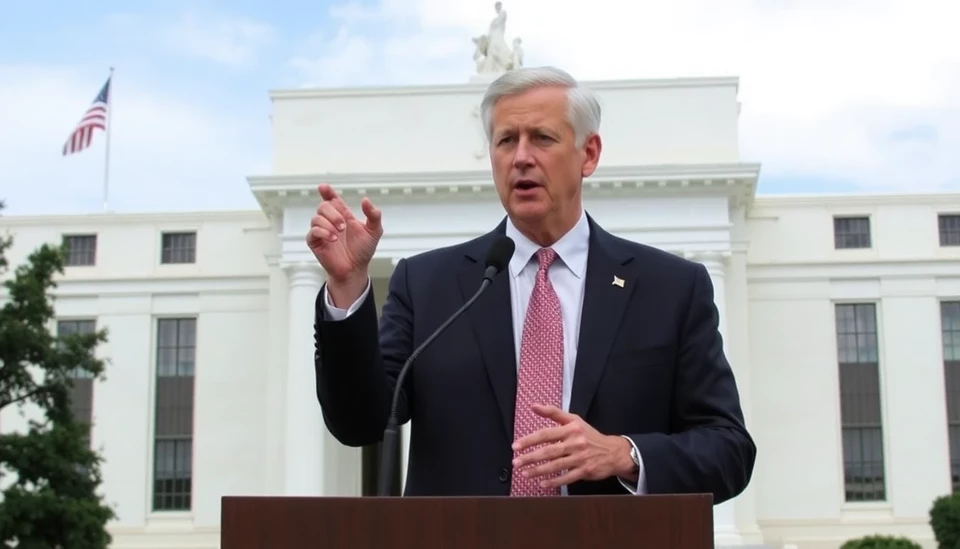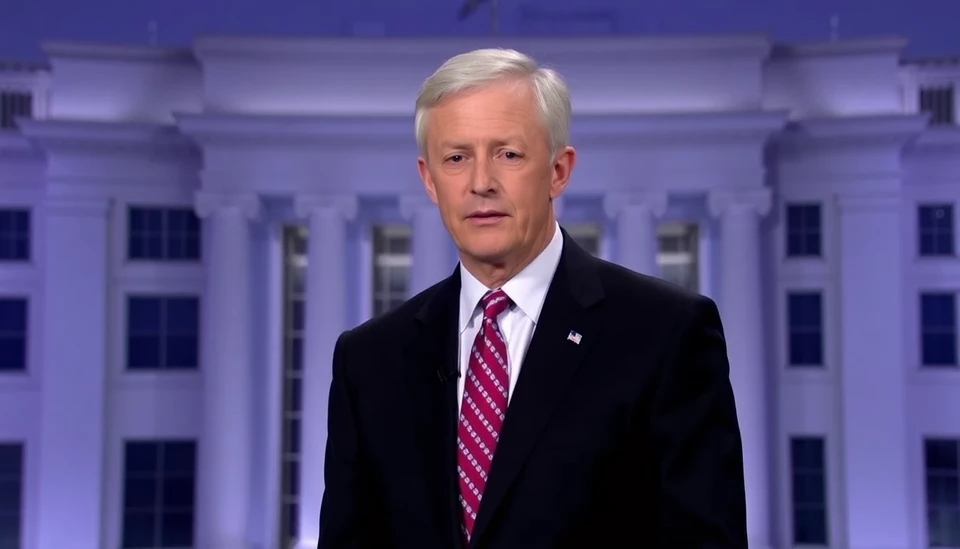
In a significant turn of focus, the Federal Reserve is currently engaged in an in-depth strategy review, examining whether its inclusive jobs goal might be too ambitious. This reevaluation comes amid ongoing discussions regarding the central bank's role in ensuring that the benefits of economic growth are equitably distributed among all segments of the workforce.
The Fed's inclusive jobs objective was initially aimed at promoting employment opportunities for marginalized communities and ensuring that underlying economic strategies provide fair access to jobs. However, as economic conditions continue to evolve and the labor market demonstrates both strengths and weaknesses, some officials are beginning to ask critical questions about the feasibility of this goal.
Several considerations are influencing this introspection. Economic pressures, inflation, and shifting demographics are all complicating factors that Federal Reserve officials directly address as they navigate the complexities of monetary policy. The Federal Reserve aims to strike a balance between curbing inflation while also adhering to its dual mandate of maximum employment and stable prices. However, the discussions indicate a growing sense of caution regarding the Fed's ability to address the needs of all workers effectively.
During recent meetings, various Fed officials have expressed concerns that while striving for an inclusive job market is noble, it may be unrealistic in the current economic environment. The debate highlights the challenges of synchronizing the Fed’s objectives with an increasingly diverse labor market where disparities still persist broadly.
This strategic evaluation includes insights from economic experts and community leaders who advocate for a broader understanding of what constitutes happiness and fulfillment in work. Their perspectives emphasize the necessity for policies that not only prioritize job creation but also recognize the importance of equitable job quality and workplace environments. The need to assess the effectiveness of programs aimed at inclusive employment has risen to the forefront of this review.
Some Fed officials suggest that adjusting their approach to measuring success could be beneficial. Rather than strictly pursuing the goal of equitable employment solely based on statistical indicators, officials are contemplating the potential of incorporating qualitative measures that capture the experiences of marginalized workers. Such a shift could enable a more holistic view of progress in inclusive job creation.
The outcome of this strategy review is expected to influence several key policy decisions in the coming months. As the Fed grapples with the complexities of its dual mandate, it remains committed to ensuring that any new approaches support a robust economy that serves all citizens. The recommendations and findings resulting from this review will likely be pivotal for guiding future legislative and economic initiatives, targeting a balance between growth and equity.
In conclusion, as the Federal Reserve reassesses its commitment to inclusive job goals, the implications of this review will resonate beyond just the economy, reflecting ongoing societal challenges related to employment and diversity. Stakeholders across the spectrum are eager to see how the Fed navigates these discussions and what policy trajectories will emerge as a result.
#FederalReserve #InclusiveJobs #EconomicGrowth #MonetaryPolicy #LaborMarket #StrategyReview #EquityInEmployment #Inflation #WorkplaceDiversity
Author: Laura Mitchell




